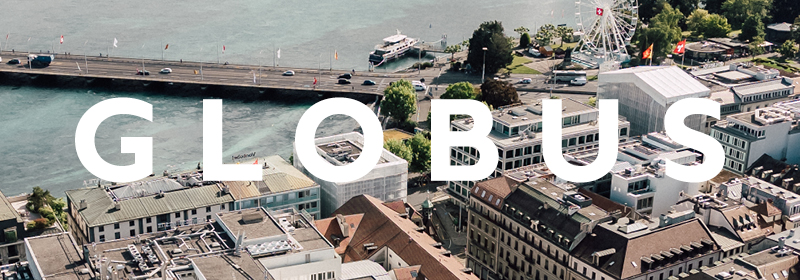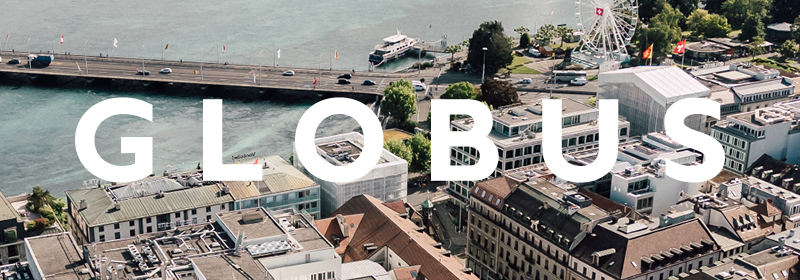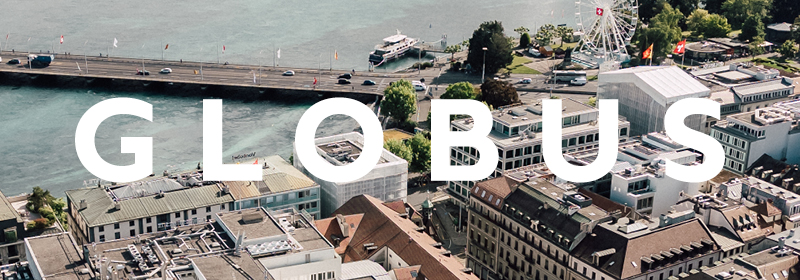
Zermatt’s Bergbahnen keeps watch over the mountain
Interview with Markus Hasler, CEO
Empowered by a record 2021-2022 winter season and a dyna-mic summer, the Zermatt lift operating company (Bergbahnen) moves into a new season of projects with enthusiasm.
The numbers don’t lie. Although 2021 was a global year of recovery, and in general did not see numbers at pre-Covid levels, winter 21-22 saw an explosion of visitors in Zermatt. While there was a noticeable decrease in Asian tourists, the Americans and Europeans – and especially the Swiss (more than ever) and British – were back, resulting in record revenues. What was behind this success? “High quality of life, high quality hospitality, high quality dining, and high quality infrastructure, above all,” said Markus Hasler. “The fact that we had sunshine for a solid six weeks also played a role. Not to mention our comprehensive snow-making systems, which allowed us to compensate for light snowfall.” Another factor that can’t be ignored was that Switzerland had relatively less strict health guidelines in place at that time (in comparison to neighbouring countries).
A dynamic and engaged company
Instead of resting on their laurels, Zermatt Bergbahnen is continuing to massively invest in improving the station’s infrastructure to best benefit skiers on site. Take for example the recent automatic chair lift installation and the snow-making system implemented for the Kumme run (the only slope that still needed it), the newly inaugurated Matterhorn Ski Testcentre, or even the ongoing improvements for the connection between Zermatt and Furi aboard the Matterhorn Express. That project is part of the development of the Matterhorm Alpine Crossing (which will launch early summer 2023 as the highest Alpine mechanical lift crossing), an exceptional project that’s been more than a decade in the making. Even better, all of these projects have been carried out in the utmost respect for the environment and with a reduced infrastructure footprint. Zermatt Bergbahnen also notably invests 300,000 Swiss Francs each year in renaturation projects across former sectors (now returned to their natural state) and in rehabilitated work zones.
So, what does winter of 2022-2023 have in store? “Demand for winter sports and bookings are both promising – and that’s despite the position of the Swiss Franc and the uncertainties relating to the conflict in Ukraine,” said Markus Hasler. “I’m still expecting a slightly less dazzling season in comparison to last year.”



















